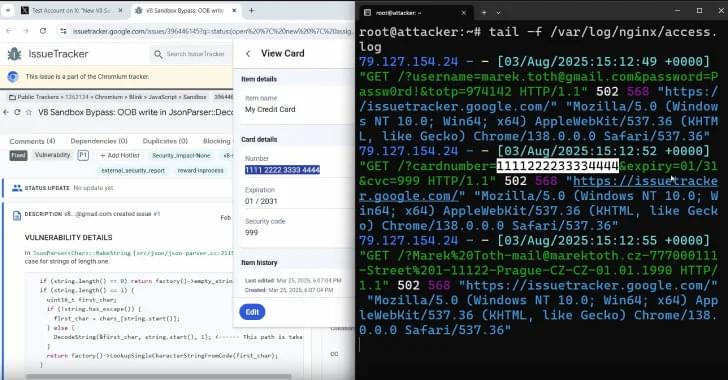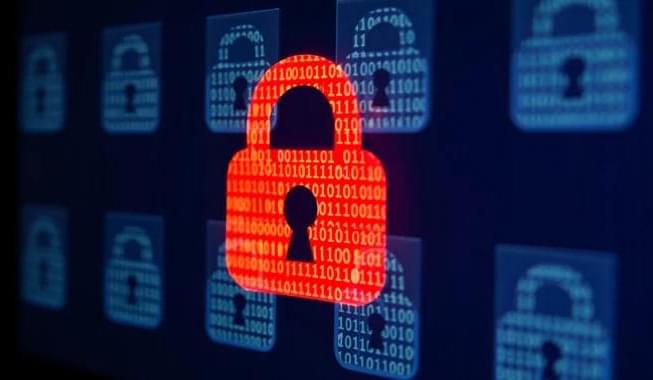A 20-year-old member of the notorious cybercrime gang known as Scattered Spider has been sentenced to ten years in prison in the U.S. in connection with a series of major hacks and cryptocurrency thefts.
Noah Michael Urban pleaded guilty to charges related to wire fraud and aggravated identity theft back in April 2025. News of Urban’s sentencing was reported by Bloomberg and Jacksonville news outlet News4JAX.
In addition, 120 months in federal prison, Urban faces an additional three years of supervised release and has been ordered to pay $13 million in restitution to victims. In a statement shared with security journalist Brian Krebs, Urban called the sentence unjust.








